
The Oval and Drawing Rooms
Hidden in plain sight - rooms that have seen plenty of change
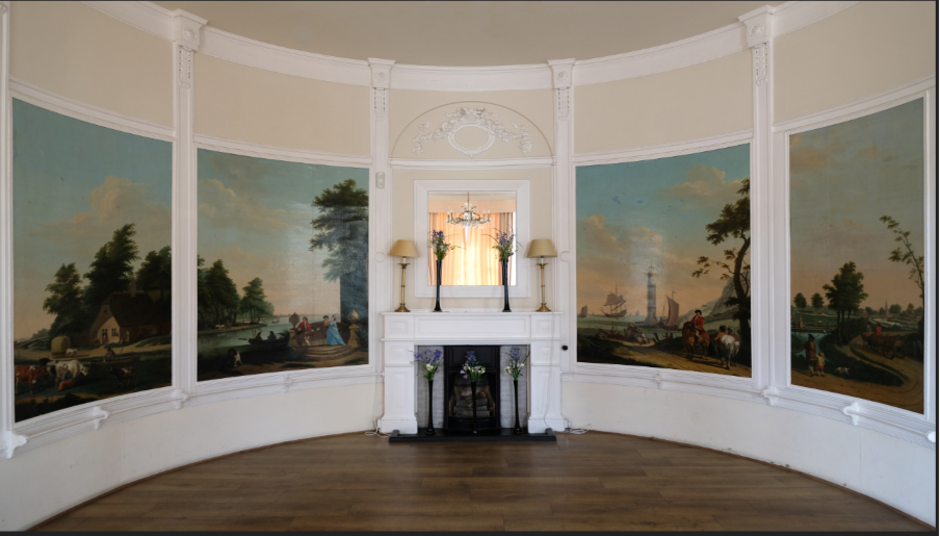
Of all the rooms in the house the Oval room has perhaps changed its main function the most.
Part of Lord Camden’s 20 year building project with George Dance, this room was the main entrance to the house, including a sweeping staircase marking the internal curve of today’s oval shape.
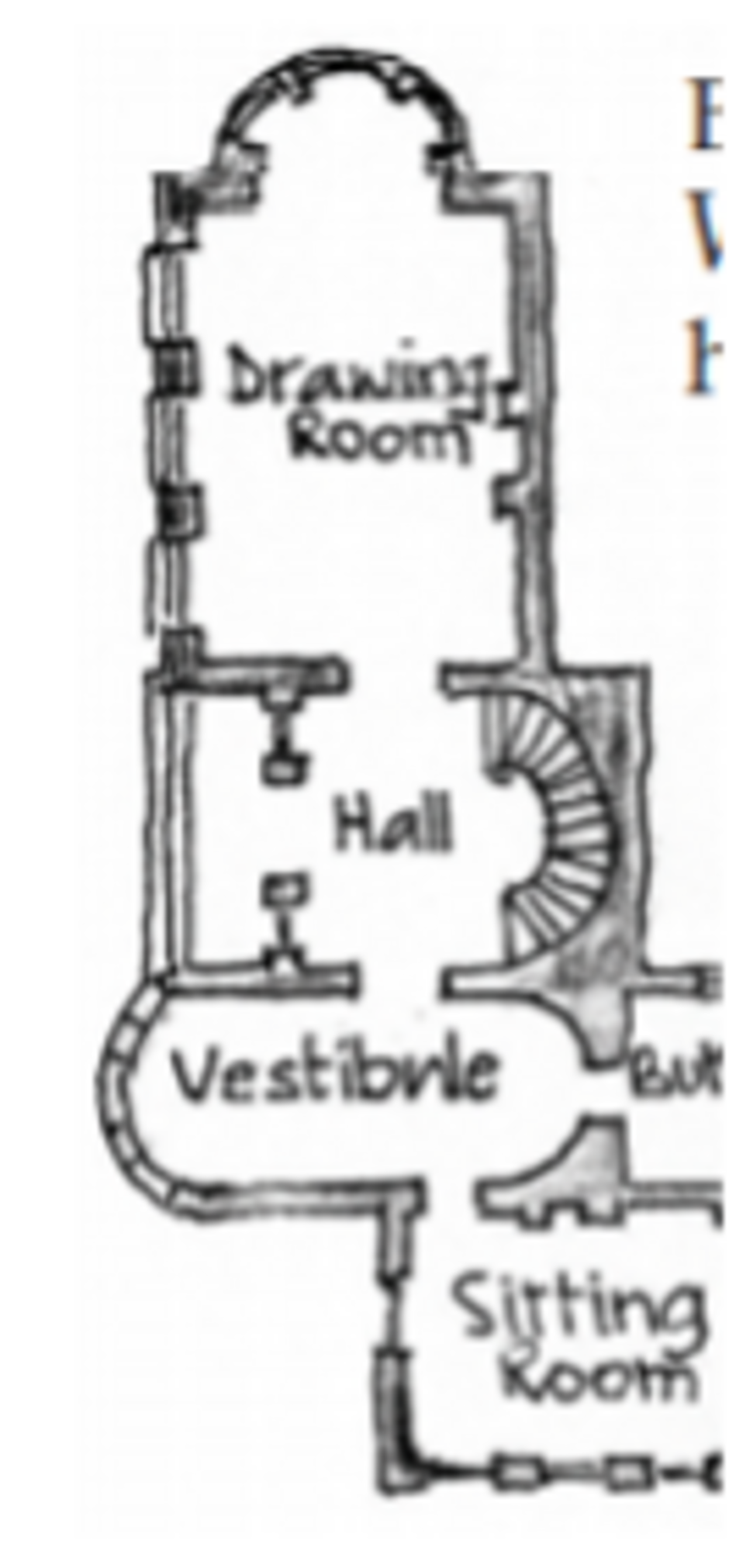
The room has entrances from the east, the main corridor and to the west into the Imperial Lounge, Camden’s grand Drawing Room with views of the James 'Athenian' Stuart Temple Folly.
The large double doors on either side are typical Regency ‘Dance’ doors which is expressed in doors all over the house and in the window shutter mouldings.
In 1807 merchant Thomson Bonar bought Camden Place and continued to work with architect George Dance, he made major changes to the house.
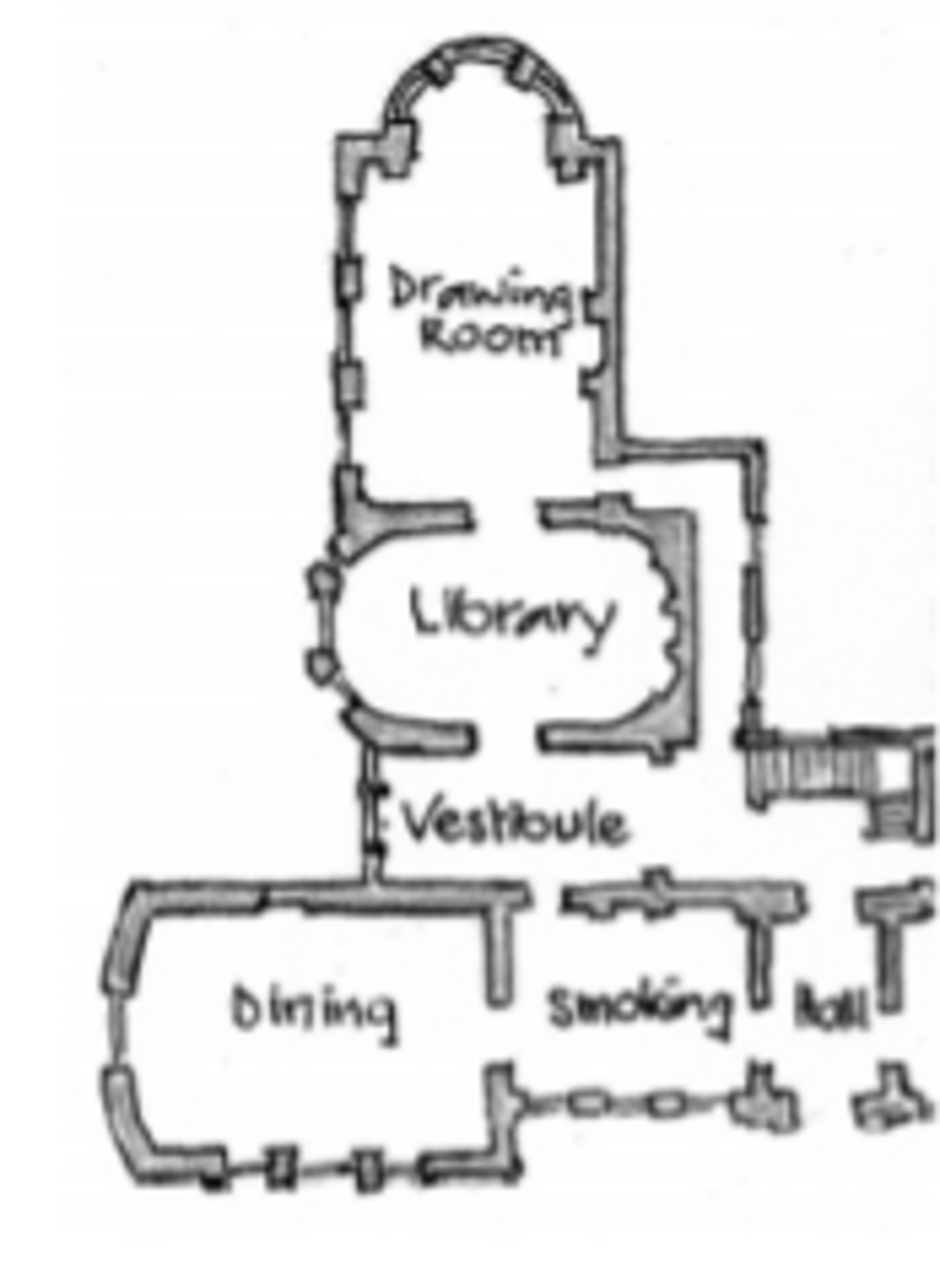
He added a Dining Room (now the snooker room), moved the staircase and converted this main entrance hall into a Library, giving it the characteristic Oval Room shape. Bonar’s library shelves are still evident behind the murals.
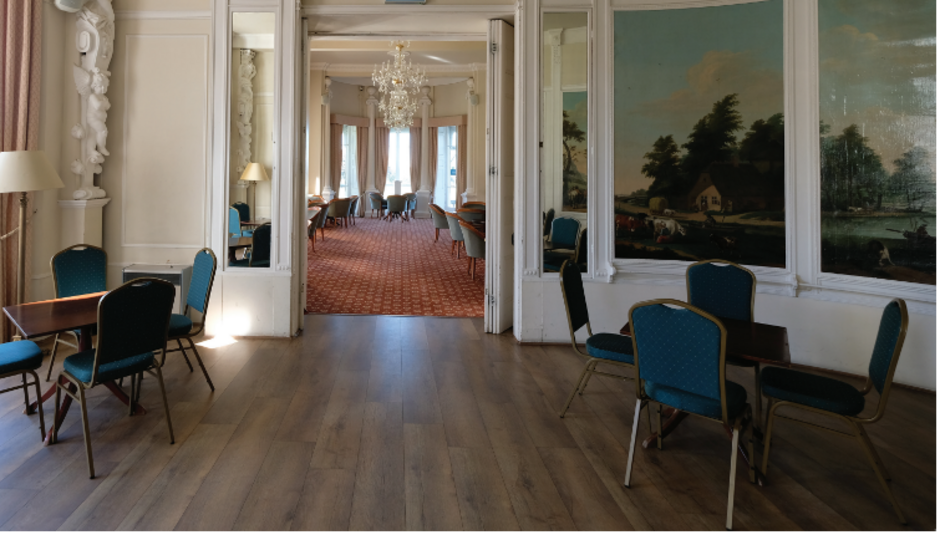
The final transformation of this room came as part of Nathaniel Strode’s ‘Frenchification’ of the house.
The library shelves were covered with 4 large Dutch murals. These paintings are attributed to Jacobus Jansen b1729 or his son Johannes Christian Jansen b1763. His brother Pieter Jansen b1768 was also an artist. Jansen father and sons all specialised in painting landscapes and cattle. Documentation exists, recording that at least one of the paintings is signed J.Jansen and dated, but no signature is evident today, possibly lost when the paintings were cleaned.
The room had now become a drawing room, used by the Imperial residents as a card room.
Strode also added a conservatory to the side of the house. This had to be demolished in the 1930’s and was replaced by the Faber bar donated by a golf club member.
The window side has caryatids (sculpted female figures serving as an architectural support) in plaster or some other unknown material.
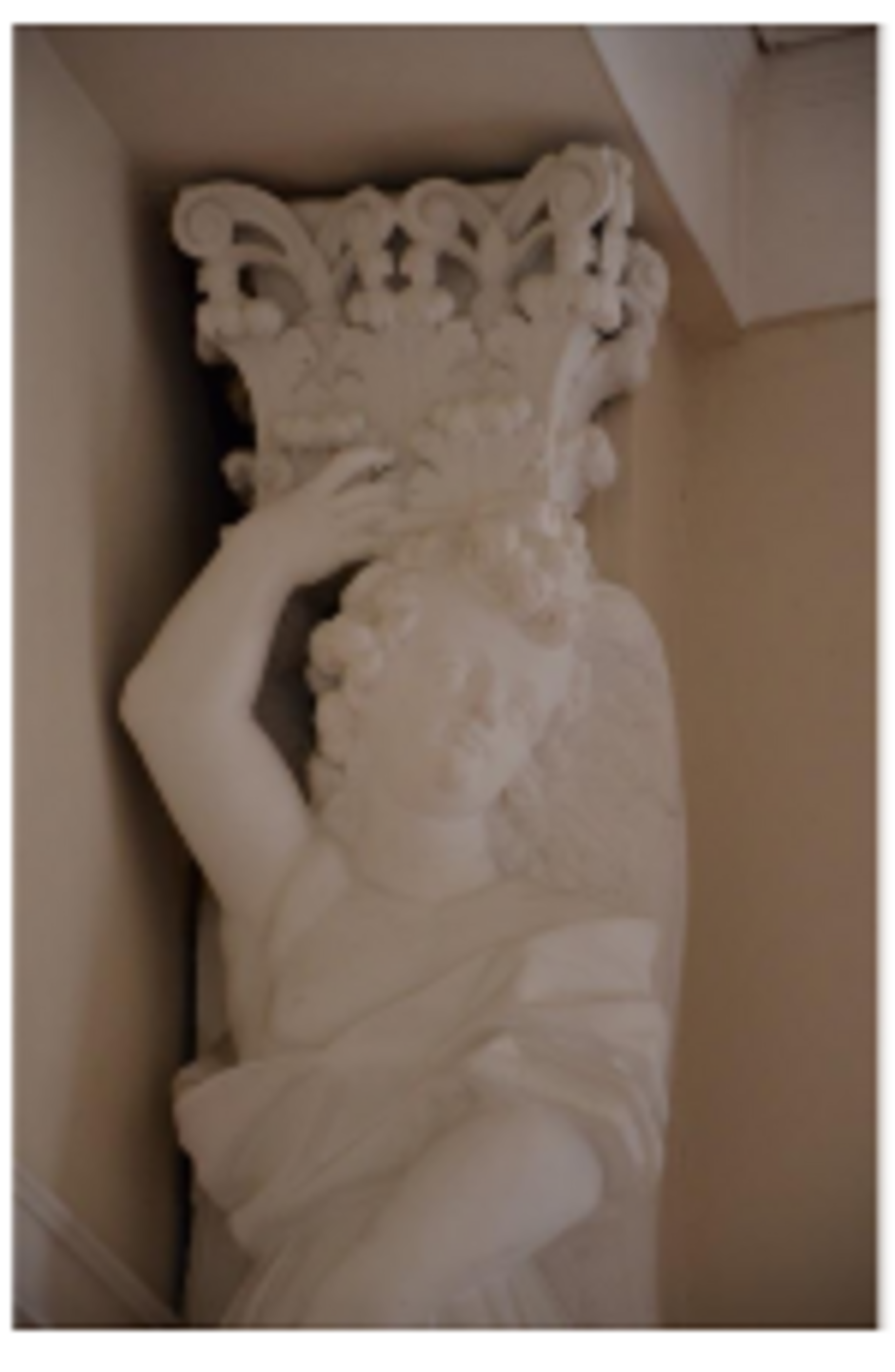
These have clearly been moved and can be seen flanking the bow window of the Imperial lounge in the image below.
A reference in the Golf Club's Board minutes from the 1950’s notes the decision to locate the caryatides in the Oval Room but does not specify why the move – possibly to accommodate the building of the Imperial Lounge bar.
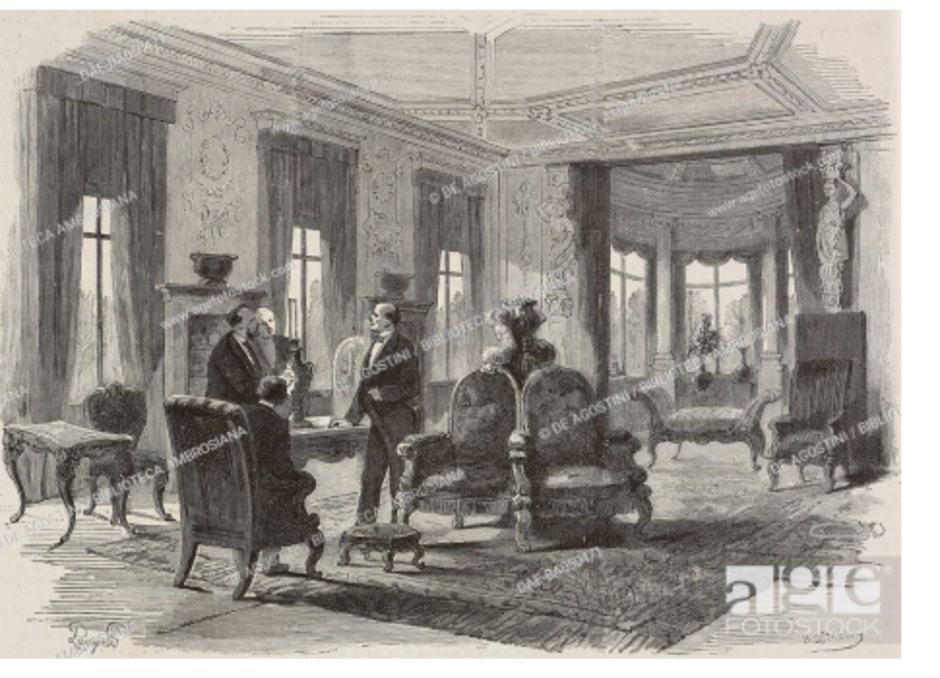
Image of the drawing room, taken from Journel Universelle, No 1560, Vol 61, January 18, 1873 (taken from de Agostini)














